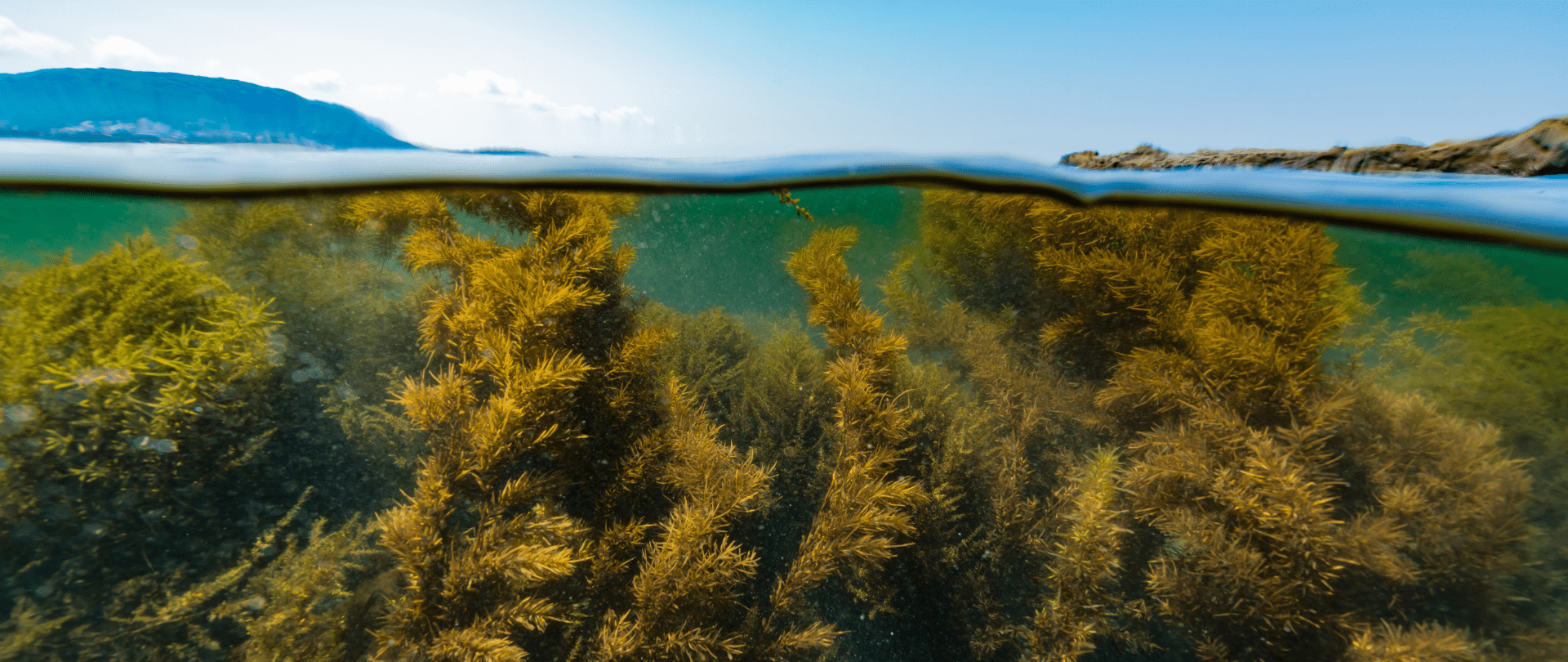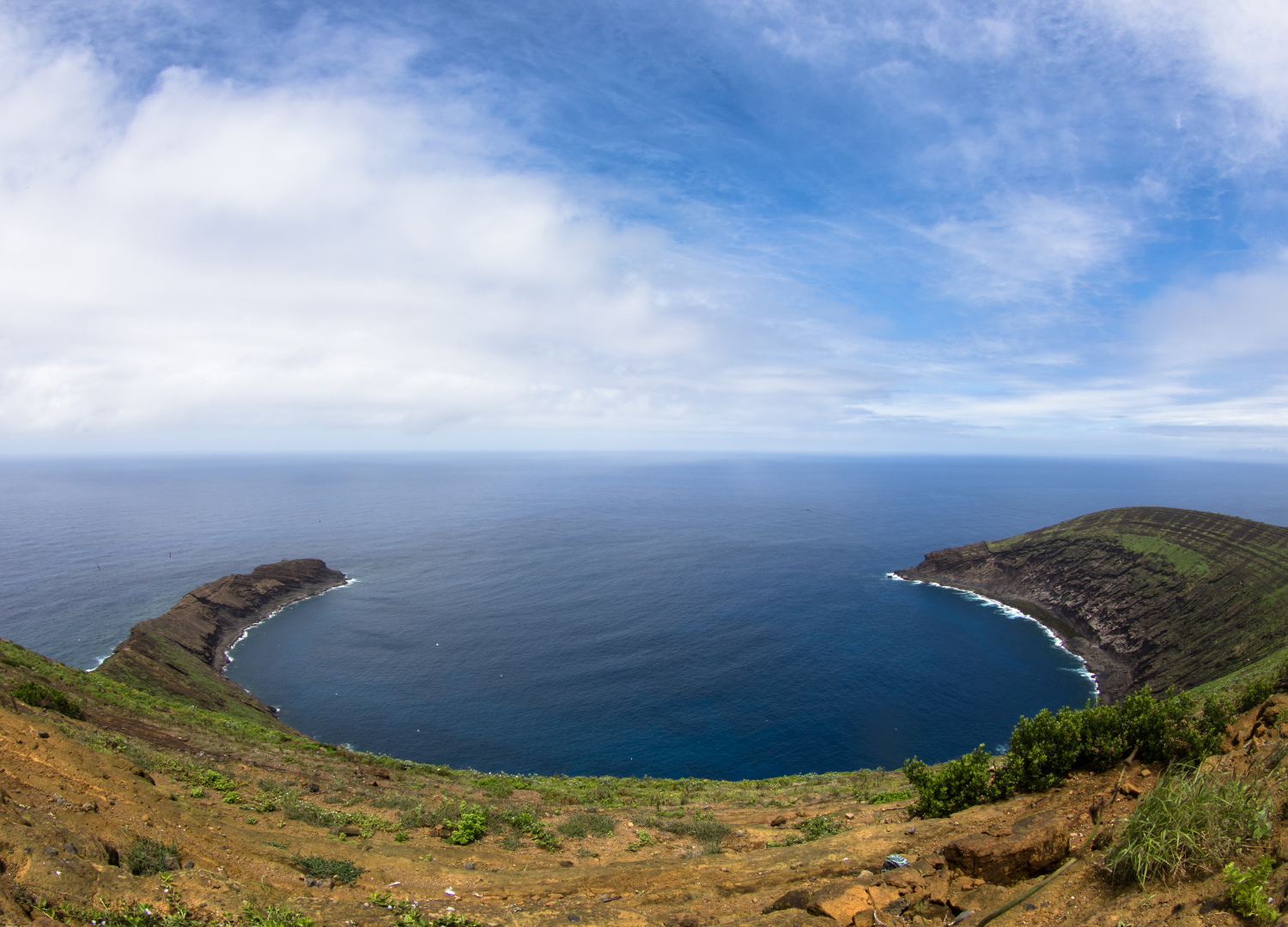February 13, 2025
Biodiversity on Island Biomes
Islands are some of the most biodiverse places on the planet. Biodiversity, habitat diversity, and climate resilience are all linked together--click here to find out how!
We use cookies to help you navigate efficiently and perform certain functions. You will find detailed information about all cookies under each consent category below.
The cookies that are categorized as "Necessary" are stored on your browser as they are essential for enabling the basic functionalities of the site. ...
Necessary cookies are required to enable the basic features of this site, such as providing secure log-in or adjusting your consent preferences. These cookies do not store any personally identifiable data.
Functional cookies help perform certain functionalities like sharing the content of the website on social media platforms, collecting feedback, and other third-party features.
Analytical cookies are used to understand how visitors interact with the website. These cookies help provide information on metrics such as the number of visitors, bounce rate, traffic source, etc.
Performance cookies are used to understand and analyze the key performance indexes of the website which helps in delivering a better user experience for the visitors.
Advertisement cookies are used to provide visitors with customized advertisements based on the pages you visited previously and to analyze the effectiveness of the ad campaigns.
Looking to make an impact this Earth Month? Here’s how.

A new era is dawning in the world of conservation—an era of holistic restoration.
As the conservation science becomes more and more sophisticated, and as indigenous science is increasingly recognized as a source of invaluable environmental methodology, it becomes more and more clear that everything is connected. And as more threats reach more ecosystems on our planet, we know we need to work harder and smarter to achieve the greatest rewards. The best method—and the one we at Island Conservation stand behind—is holistic restoration.
The concept of holistic restoration in conservation is a vibrant and dynamic approach that aims to breathe new life into our planet’s degraded ecosystems. It’s an all-encompassing strategy that not only focuses on bringing back the plants, animals, and water from the brink, but also ensures that these restored environments thrive and sustain themselves in the long run.
At the heart of holistic restoration is accelerated recovery, a process that speeds up the healing of damaged ecosystems. This can involve a variety of techniques, from planting native species to controlling invasive ones, and from restoring indigenous land stewardship to reintroducing keystone species and ecosystem engineers that can help regulate and maintain the ecological balance. The goal is to quickly re-establish the conditions necessary for nature to take over and manage its own recovery.
New science supports the idea that invasive species removal is an important step for holistic restoration. Invasive species can dramatically transform environments, and removing them from islands can lead to dramatic ecosystem recovery. Scientists found that, on islands in particular, holistic restoration beginning with invasive species removal led to positive responses of native plant communities and the recovery, reintroduction, recolonization, or new colonization of nearly 250 animal species on over 180 islands. At Island Conservation, we carry out invasive species removals and accelerate recovery for people and nature worldwide.
For example, on Floreana Island in the Galapagos, removing invasive predators is only the beginning. Community programs that help islanders achieve their vision of a flourishing ecosystem, careful monitoring of native species, and reintroduction of native species—such as the ecosystem engineer Floreana Tortoise—will set the conditions for the ecosystem to thrive once again.
Reintroductions are a huge aspect of accelerating recovery for holistic restoration. Species such as the Floreana Tortoise have been lost to an area, usually because of human activity. By reintroducing these species, we can help restore the ecological functions they once performed, such as pollination, seed dispersal, and predation. This not only helps the ecosystem but also ensures the survival of these species, many of which are threatened or endangered.
Reintroductions don’t work for all species, though. Sometimes we use social attraction models—decoys and recordings of bird calls—to encourage birds to come back and nest on restored islands. Making the island safe sometimes just isn’t enough: we need to get the word out so that animals know! Social attraction is one of the most exciting new tools in our arsenal to accelerate recovery, and we’ve used it on many islands such as Kamaka in French Polynesia, Desecheo in Puerto Rico, and Lehua in Hawai’i.

These ambitious projects require collaboration. At Island Conservation, we believe that a huge part of holistic restoration is sustainable stewardship and local knowledge. That’s why we always partner with organizations to share knowledge and make sure that conservation interventions lead to sustainable, long-term recovery. These partnerships connect environmentalists the world over, pooling our resources to achieve the biggest impacts for the planet. We are also committed to measuring and amplifying the many benefits of terrestrial restoration with marine restoration, which is why we co-founded the Island-Ocean Connection Challenge with Scripps Institute of Oceanography and Re:Wild. The IOCC focuses on holistically restoring island ecosystems from ridge to reef, emphasizing the interconnectedness of systems for holistic benefits.
The benefits of holistic restoration extend far beyond the boundaries of the natural world. For humans, restored ecosystems can mean cleaner air and water, increased biodiversity, sustained livelihoods, less disease, and more resilient landscapes that can better withstand the impacts of climate change. Moreover, these restored areas can provide recreational spaces, boost local economies through eco-tourism, and even improve our mental health and well-being by offering beautiful, natural spaces for us to enjoy.
Learn more about holistic restoration by joining our newsletter, where you can get updates from our team, and support our efforts by making a donation today!
Check out other journal entries we think you might be interested in.
Notifications